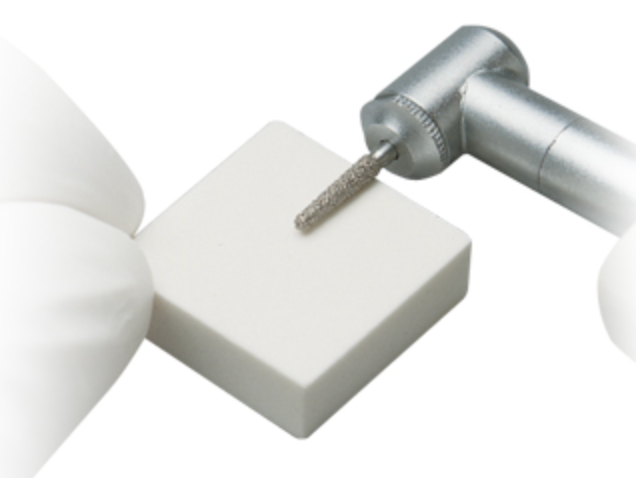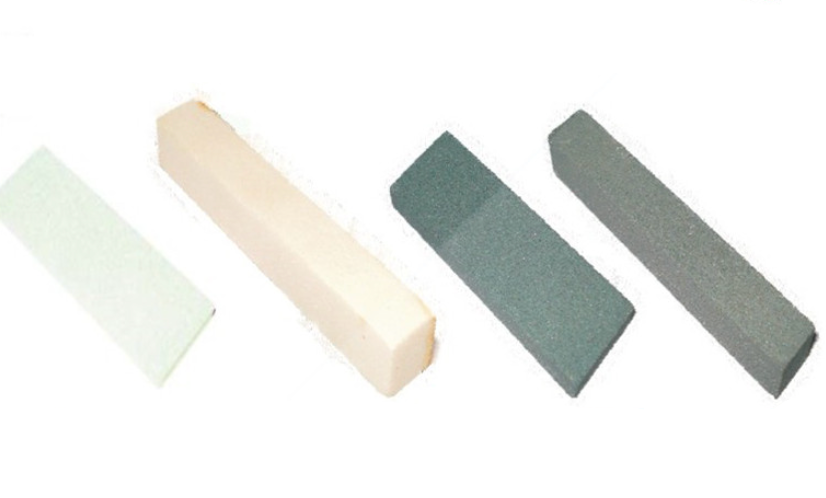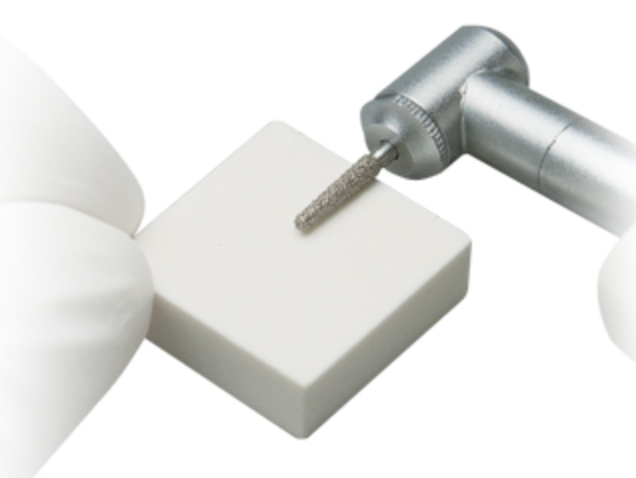Dental instruments are essential tools for dentists and dental hygienists. These tools must be sharp to perform their intended functions effectively and efficiently. Sharpening dental instruments can be a challenging task, but using sharpening stones is an effective way to achieve optimal sharpness.
Definition of Sharpening Stones
Sharpening stones are abrasive surfaces used to sharpen the edges of dental instruments. They come in various grits and materials, such as diamond and ceramic. The higher the grit, the finer the abrasive surface, and the sharper the edge obtained. Sharpening stones work by removing the dull material on the edge of the instrument, revealing a sharp, fresh edge.
Working Principle of Sharpening Stones
The science behind dental sharpening stones and how they work is essential to understanding how to use them effectively. The sharpening process requires the application of pressure to the instrument's edge against the sharpening stone. The pressure causes the abrasive particles in the sharpening stone to remove the dull material on the edge, exposing the sharp metal underneath. The process continues until the desired sharpness is achieved.

Benefits of using Sharpening Stones for Dental Instruments over Other Sharpening Methods
There are numerous benefits to using sharpening stones for dental instruments over other sharpening methods. One significant advantage is that sharpening stones are versatile and can be used to sharpen various types of dental instruments. Additionally, sharpening stones are reusable and long-lasting, making them a cost-effective option in the long term. They also allow dentists and dental hygienists to maintain their instruments' sharpness, leading to better patient outcomes and increased efficiency.
Tips for Choosing a Sharpening Stone for Dental Instruments
Choosing the right sharpening stone for dental instruments is crucial for achieving optimal results. Consider the grit size, material, and shape when making the selection. Diamond sharpening stones are known for their durability and ability to remove material quickly, while ceramic sharpening stones are excellent for producing a fine edge. The shape of the sharpening stone should match the instrument being sharpened. For example, a curved sharpening stone is ideal for sharpening scalers and curettes.

Tips and Tricks for Using Sharpening Stones
To get the most out of your dental sharpening stones, it is essential to use them correctly. Here are some tips and tricks to help you achieve optimal results:
1. Use the correct grit size for the instrument being sharpened. Coarser grits are suitable for removing material quickly, while finer grits are ideal for producing a razor-sharp edge.
2. Maintain a consistent angle throughout the sharpening process. The angle should match that of the original bevel on the instrument.
3. Apply even pressure to the instrument while sharpening. Uneven pressure can cause the edge to become uneven and dull.
4. Remove any debris from the sharpening stone regularly. Debris can clog the abrasive surface, reducing its effectiveness.
5. Use a honing oil or water to lubricate the sharpening stone. Lubrication helps to reduce heat and prevent the instrument from becoming damaged during the sharpening process.
By following these tips and tricks, you can achieve optimal results when using a sharpening stone for dental instruments.
Conclusion
In conclusion, using sharpening stones for dental instruments is an effective way to maintain the sharpness of these essential tools. By understanding the science behind sharpening stones and how they work, choosing the right sharpening stone, and using it correctly, you can achieve razor-sharp edges on your dental instruments. This leads to better patient outcomes and increased efficiency in dental practices.



